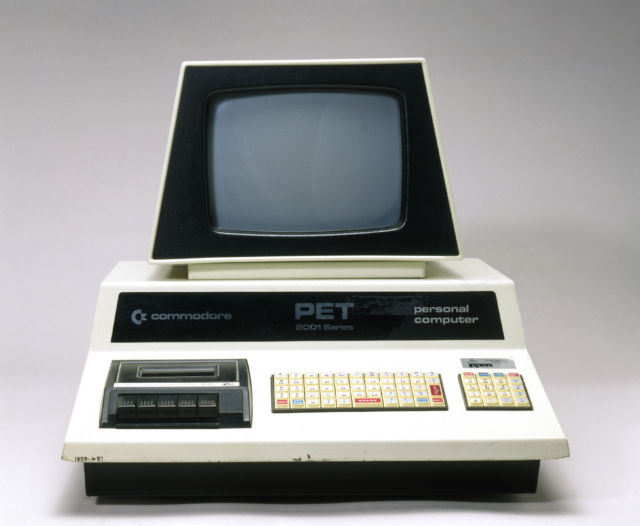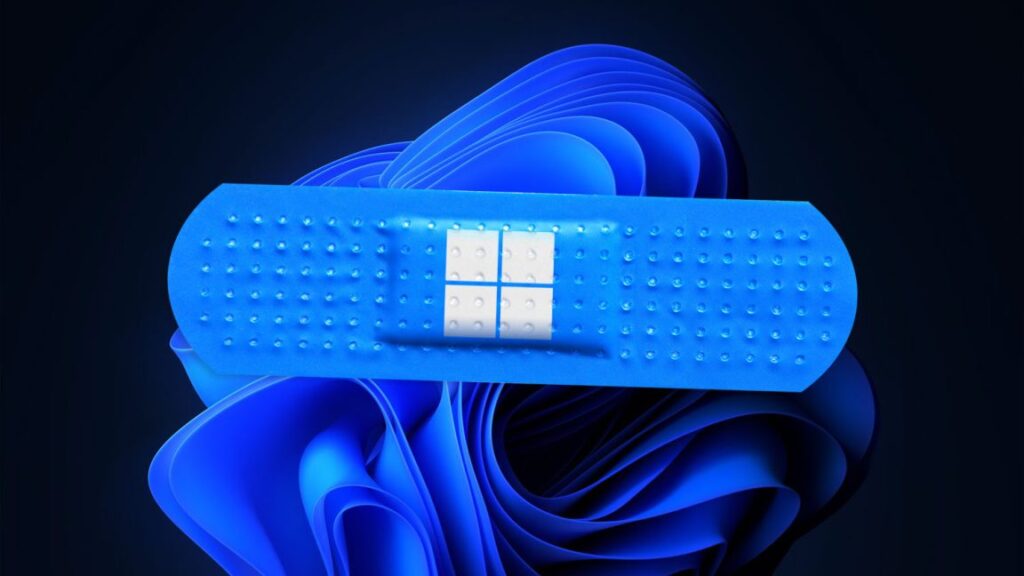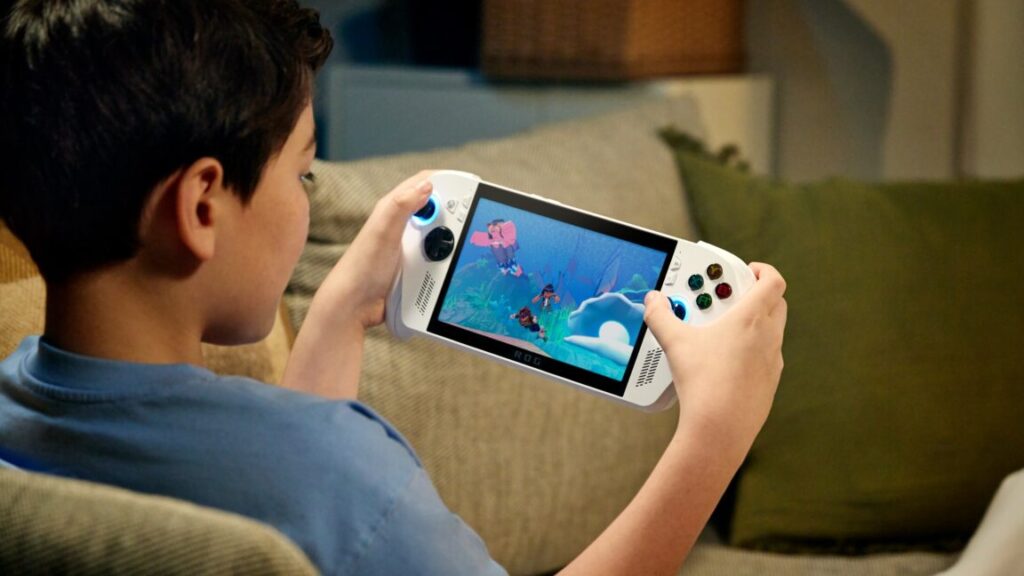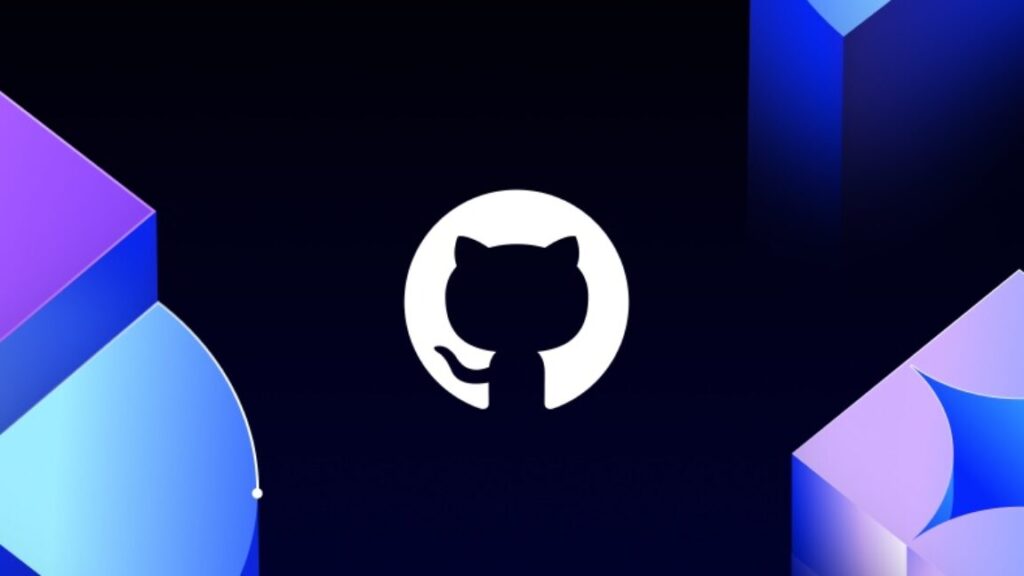Why accessibility might be AI’s biggest breakthrough
For those with visual impairments, language models can summarize visual content and reformat information. Tools like ChatGPT’s voice mode with video and Be My Eyes allow a machine to describe real-world visual scenes in ways that were impossible just a few years ago.
AI language tools may be providing unofficial stealth accommodations for students—support that doesn’t require formal diagnosis, workplace disclosure, or special equipment. Yet this informal support system comes with its own risks. Language models do confabulate—the UK Department for Business and Trade study found 22 percent of users identified false information in AI outputs—which could be particularly harmful for users relying on them for essential support.
When AI assistance becomes dependence
Beyond the workplace, the drawbacks may have a particular impact on students who use the technology. The authors of a 2025 study on students with disabilities using generative AI cautioned, “Key concerns students with disabilities had included the inaccuracy of AI answers, risks to academic integrity, and subscription cost barriers,” they wrote. Students in that study had ADHD, dyslexia, dyspraxia, and autism, with ChatGPT being the most commonly used tool.
Mistakes in AI outputs are especially pernicious because, due to grandiose visions of near-term AI technology, some people think today’s AI assistants can perform tasks that are actually far outside their scope. As research on blind users’ experiences suggested, people develop complex (sometimes flawed) mental models of how these tools work, showing the need for higher awareness of AI language model drawbacks among the general public.
For the UK government employees who participated in the initial study, these questions moved from theoretical to immediate when the pilot ended in December 2024. After that time, many participants reported difficulty readjusting to work without AI assistance—particularly those with disabilities who had come to rely on the accessibility benefits. The department hasn’t announced the next steps, leaving users in limbo. When participants report difficulty readjusting to work without AI while productivity gains remain marginal, accessibility emerges as potentially the first AI application with irreplaceable value.
Why accessibility might be AI’s biggest breakthrough Read More »














